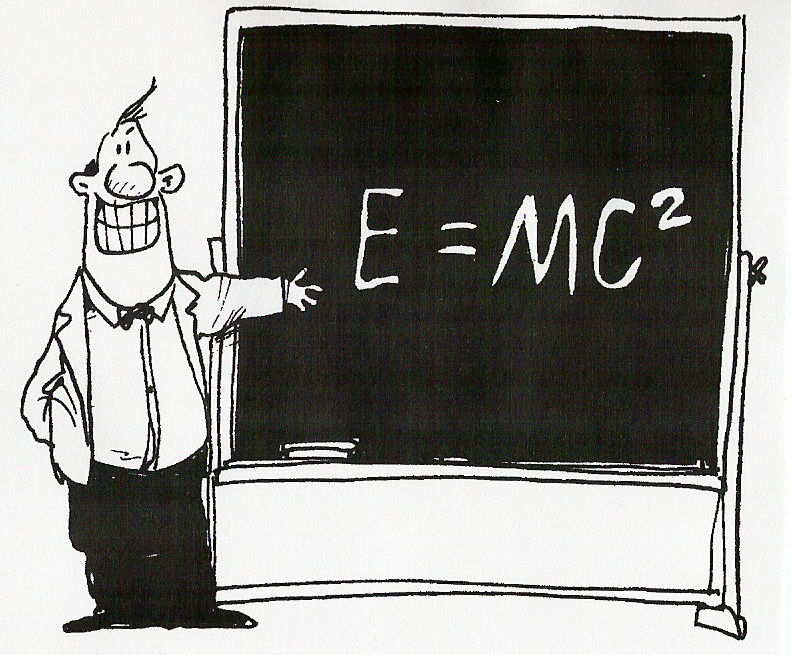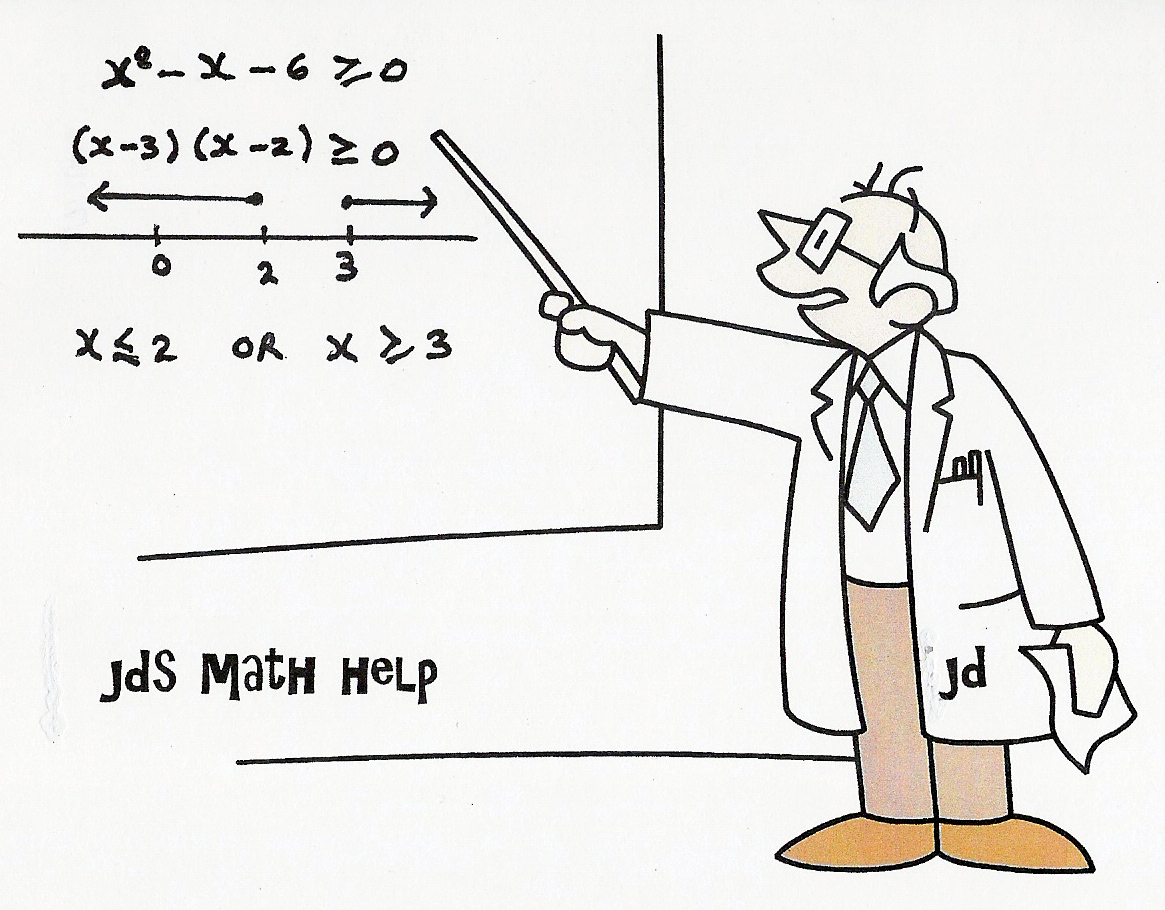|
|
|
|
|
||||||||
|
|
||||||||||||
|
|
UNIT
9 :
MATHEMATICS OF INVESTMENT
LESSON 5:
GENERAL ANNUITIES HOMEWORK QUESTIONS
Homework Questions: (Solutions below)
Note: Answers to # 1 – 4 should be to the
nearest hundredth.
1. Find the nominal (annual) interest rate, compounded annually, equivalent to 7.6%/a, compounded semi-annually.
2. Find the nominal (annual) interest rate, compounded semi-annually, equivalent to 6.6%/a, compounded quarterly.
3. Find the nominal (annual) interest rate, compounded monthly, equivalent to 4.2%/a, compounded semi-annually.
4. Find the nominal (annual) interest rate, compounded quarterly, equivalent to 6%/a, compounded monthly.
5. Evaluate each of the following general
annuities. Include a complete time
line diagram for each.
a) $500 per month for 60 months at 8.4%/a,
compounded annually.
b) $700 per year for 12 years at 6.8%/a,
compounded quarterly.
c) $750 every 3 months for 12 years at 8.4%/a,
compounded semi-annually.
d) $50 per week for 6 years at 7%/a, compounded
quarterly.
Solutions:
1. Find the nominal (annual) interest rate, compounded annually, equivalent to 7.6%/a, compounded semi-annually.
Solution:
Ie. We must
find the annual rate that is equivalent to 7.6%/a, compounded semi-annually.
Step 1:
Using the formula A = P(1 + i)n,
find the value of $1 invested at 7.6%/a, compounded semi-annually after 1 year.

Step 2:
Let the equivalent annual rate be i %.
Now find the value of $1 invested at i % per year after 1 year.
A = 1(1 + i)1 ** n = 1, the number of times interest is
compounded per year.
Step 3:
These two amounts must be equal.
Hence

2. Find the nominal (annual) interest rate, compounded semi-annually, equivalent to 6.6%/a, compounded quarterly.
Solution:
Ie. We
must find the annual rate, compounded semi-annually that is equivalent to
6.6%/a, compounded quarterly.
Step 1:
Using the formula A = P(1 + i)n,
find the value of $1 invested at 6.6%/a, quarterly after 1 year.

Step 2:
Let the equivalent ½ year rate be i %. (Note the
equivalent yearly rate would be 2i %.)
Now find the value of $1 invested at i % per ½ year after 1 year.
A = 1(1 + i)2 ** n = 2, the number of times interest is
compounded per year.
Step 3:
These two amounts must be equal.
Hence

3. Find the nominal (annual) interest
rate, compounded monthly, equivalent to 4.2%/a, compounded semi-annually.
Solution:
Ie. We
must find the annual rate, compounded monthly that is equivalent to 4.2%/a,
compounded semi-annually.
Step 1:
Using the formula A = P(1 + i)n,
find the value of $1 invested at 4.2%/a, semi-annually after 1 year.

Step 2:
Let the equivalent monthly rate be i %. (Note the equivalent yearly rate would be 12i %.)
Now find the value of $1 invested at i % per month after 1 year.
A = 1(1 + i)12 ** n = 12, the number of times interest is
compounded per year.
Step 3:
These two amounts must be equal.
Hence

4. Find the nominal (annual) interest rate, compounded quarterly, equivalent to 6%/a, compounded monthly.
Solution:
Ie. We
must find the annual rate, compounded quarterly that is equivalent to 6%/a,
compounded monthly.
Step 1:
Using the formula A = P(1 + i)n,
find the value of $1 invested at 6%/a, monthly after 1 year.

Step 2:
Let the equivalent ¼ year rate be i %. (Note the equivalent yearly rate would be 4i %.)
Now find the value of $1 invested at i % per ¼ year after 1 year.
A = 1(1 + i)4 ** n = 4, the number of times interest is
compounded per year.
Step 3:
These two amounts must be equal.
Hence

5. Evaluate each of the following general
annuities. Include a complete time
line diagram for each.
a) $500 per month for 60 months at 8.4%/a,
compounded annually.
Solution:
Here the
payment interval( monthly ) is different than the interest period
(annual). This is a general annuity.
We must
match the interest period to the payment interval.
Ie. We must
find the monthly rate that is equivalent to 8.4%/a, compounded annually.
Step 1:
Using the formula A = P(1 + i)n,
find the value of $1 invested at 8%/a, compounded annually after 1 year.
A = 1(1.084)1
= 1.084
Step 2:
Let the equivalent monthly rate be i %. (Note the equivalent yearly rate would be 12i %.)
Now find the value of $1 invested at i % per month after 1 year.
A = 1(1 + i)12 ** n = 12, the number of times interest is
compounded per year.
Step 3:
These two amounts must be equal. Hence

Now find
the amount of the annuity using the annuity formula.
![]()
![]()
![]()
![]()
![]()
![]()
![]() Interest per. 0 1 2 . . . 58
59 60 Accumulated value
Interest per. 0 1 2 . . . 58
59 60 Accumulated value
Payment 500 500 500 500 500
![]()
![]()
![]()
![]()
![]()
![]() 500
500
![]() 500(1.006744132)1
500(1.006744132)1
![]() 500(1.006744132)2
500(1.006744132)2
.
.
.
![]() 500(1.006744132)58
500(1.006744132)58
![]() 500(1.006744132)59
500(1.006744132)59
![]()

Hence the amount of the annuity is $36 827.58.
b) $700 per year for 12 years at 6.8%/a,
compounded quarterly.
Solution:
Here the
payment interval( yearly ) is different than the interest period (quarterly). This is a
general annuity.
We must
match the interest period to the payment interval.
Ie. We
must find the yearly rate that is equivalent to 6.8%/a, compounded quarterly.
Step 1:
Using the formula A = P(1 + i)n,
find the value of $1 invested at 6.8%/a, compounded quarterly after 1 year.

Step 2:
Let the equivalent yearly rate be i %.
Now find the value of $1 invested at i % per year after 1 year.
A = 1(1 + i)1 ** n = 1, the number of times interest is
compounded per year.
Step 3:
These two amounts must be equal.
Hence

Now find
the amount of the annuity using the annuity formula.
![]()
![]()
![]()
![]()
![]()
![]()
![]() Interest period0 1 2 . . . 10 11 12 Accumulated value
Interest period0 1 2 . . . 10 11 12 Accumulated value
Payment 700 700 700 700 700
![]()
![]()
![]()
![]()
![]()
![]() 700
700
![]() 700(1.069753736)1
700(1.069753736)1
![]() 700(1.069753736)2
700(1.069753736)2
.
.
.
![]() 700(1.069753736)10
700(1.069753736)10
![]() 700(1.069753736)11
700(1.069753736)11
![]()

Hence the amount of the annuity is $12 503.78.
c) $750 every 3 months for 12 years at 8.4%/a,
compounded semi-annually.
Solution:
Here the
payment interval( ¼ year ) is different than the interest period (
semi-annual). This is a general annuity.
We must
match the interest period to the payment interval.
Ie. We
must find the quarterly rate that is equivalent to 8.4%/a, compounded
semi-annually.
Step 1:
Using the formula A = P(1 + i)n,
find the value of $1 invested at 8.4%/a, compounded semi-annually after 1 year.

Step 2:
Let the equivalent quarterly rate be i %. (Note the equivalent yearly rate would be 4i %.)
Now find the value of $1 invested at i % per ¼ year after 1 year.
A = 1(1 + i)4 ** n = 4, the number of times interest is
compounded per year.
Step 3:
These two amounts must be equal.
Hence

Now find
the amount of the annuity using the annuity formula with (1 + i) = 1.011230201.
![]()
![]()
![]()
![]()
![]()
![]()
![]() Interest per. 0 1 2 . . . 46
47 48 Accumulated value
Interest per. 0 1 2 . . . 46
47 48 Accumulated value
Payment 750 750 750 750 750
![]()
![]()
![]()
![]()
![]()
![]() 750
750
![]() 750(1.011230201)1
750(1.011230201)1
![]() 750(1.011230201)2
750(1.011230201)2
.
.
.
![]() 750(1.011230201)46
750(1.011230201)46
![]() 750(1.011230201)47
750(1.011230201)47
![]()

Hence the amount of the annuity is $47 365.62.
d) $50 per week for 6 years at 7%/a, compounded
quarterly.
Solution:
Here the
payment interval( weekly ) is different than the interest period ( quarterly). This is a
general annuity.
We must
match the interest period to the payment interval.
Ie. We
must find the weekly rate that is equivalent to 7%/a, compounded quarterly.
Step 1:
Using the formula A = P(1 + i)n,
find the value of $1 invested at 7%/a, compounded quarterly after 1 year.

Step 2:
Let the equivalent weekly rate be i %. (Note the equivalent yearly rate would be 52i %.)
Now find the value of $1 invested at i % per week after 1 year.
A = 1(1 + i)52 ** n = 52, the number of times interest is
compounded per year.
Step 3:
These two amounts must be equal.
Hence

Now find
the amount of the annuity using the annuity formula with (1 + i) = 1.001335401.
![]()
![]()
![]()
![]()
![]()
![]()
![]() Interest period0 1 2 . . . 310 311 312 Accumulated value
Interest period0 1 2 . . . 310 311 312 Accumulated value
Payment 50 50
50 50 50
![]()
![]()
![]()
![]()
![]()
![]() 50
50
![]() 50(1.001335401)1
50(1.001335401)1
![]() 50(1.001335401)2
50(1.001335401)2
.
.
.
![]() 50(1.001335401)310
50(1.001335401)310
![]() 50(1.001335401)311
50(1.001335401)311
![]()

Hence the amount of the annuity is $19 336.61.
6. Rahim has just purchased a new car for 34
500. He borrows the money and will
repay it in monthly instalments over 6 years.
The interest rate is 7.8%/a, compounded quarterly. Find the monthly payment.
Solution:
Here the
payment interval( monthly ) is different than the interest period (
quarterly). This is a general annuity.
We must
match the interest period to the payment interval.
Ie. We
must find the monthly rate that is equivalent to 7.8%/a, compounded quarterly.
Step 1:
Using the formula A = P(1 + i)n,
find the value of $1 invested at 7.8%/a, compounded quarterly after 1 year.

Step 2:
Let the equivalent monthly rate be i %. (Note the equivalent yearly rate would be 12i %.)
Now find the value of $1 invested at i % per month after 1 year.
A = 1(1 + i)12 ** n = 12, the number of times interest is
compounded per year.
Step 3:
These two amounts must be equal.
Hence

The money in question is borrowed now – at
point 0 on the time line. Hence this is
a PV general annuity question

![]()
![]()
![]()
![]()
![]()
![]()
![]() Interest Period 0 1 2 3 70 71 72
Interest Period 0 1 2 3 70 71 72
![]()
![]()
![]()
![]()
![]() Payment R R R R R R
Payment R R R R R R
![]()
![]()
![]() R(1.006458202)-1
R(1.006458202)-1
R(1.006458202)-2
.
.
![]() R(1.006458202)-70
R(1.006458202)-70
![]() R(1.006458202)-71
R(1.006458202)-71
![]() R(1.006458202)-72
R(1.006458202)-72
This
forms the following geometric series:
R(1.006458202)-72 +
R(1.006458202)-71 + . . . + R(1.006458202)-2 +
R(1.006458202)-1





